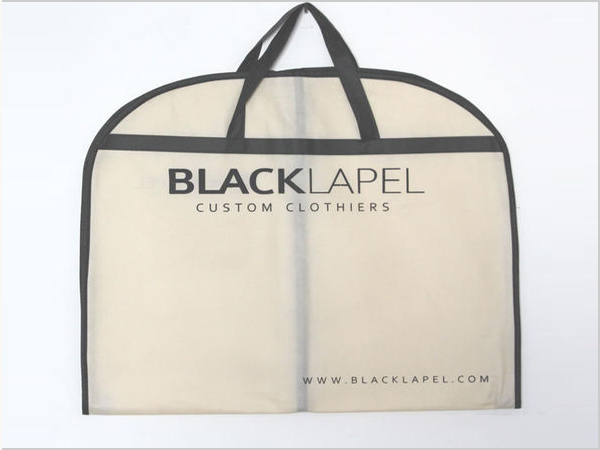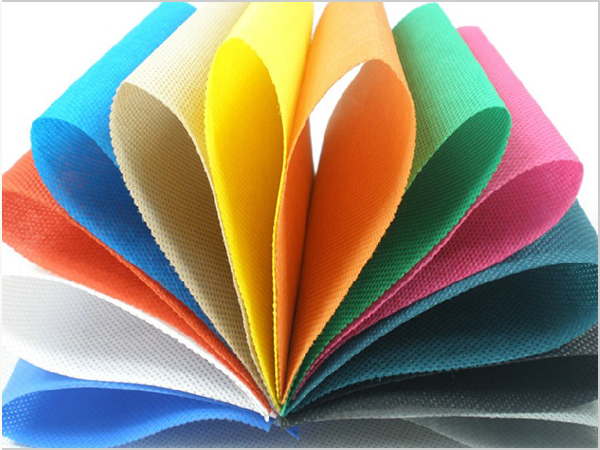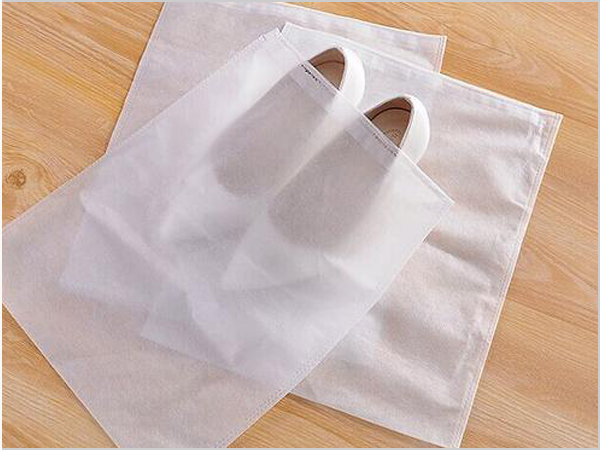- Xiangshuo has stood out in the field of spunbond nonwoven fabrics!
- How should enterprises respond to the impact of repeated tariffs
- PP non-woven fabric is a new type of environmental protection material!
- Under the tariff challenge, the textile and garment industry has a new opportunity
- Spunbonded non-woven fabric is an efficient, multi-functional modern material!

- Telephone: 0551- 66779966
- Cellphone: 18955130444
- Email: 58792982@qq.com
- Address: Building 1-2, East of Wubu Village Section, Hehuai Road, Wushan Town, Changfeng County, Hefei City, Anhui Province
According to the forecast of the international industrial research company Freedonia Group, by 2024, the demand for non-woven fabrics for filtration will increase by 2.7% annually to reach 1.5 billion US dollars. The following factors are driving this growth:
Continuously developing advanced nanofiber technology. Compared with materials such as ultrafine fibers, advanced nanofiber technology has achieved a finer filtering function and made nonwoven fabrics more competitive with alternatives such as films;
With the growth of filtration-related applications in the manufacturing industry, most of the gas and liquid filters use non-woven fabrics;
Continuous monitoring of air and water quality requires filtering of air and wastewater flowing out of the manufacturing process;
Consumers pay more attention to the quality of indoor air and drinking water, leading to new expenditures on filtration products. Nanofiber technology has broad prospects in filtering applications due to its advanced fine filtering function, and has become a new research and development hotspot. For example, in 2019, Verdex Technologies introduced a nanofiber spinning technology that mainly uses low-pressure air instead of solvents. This technology provides nonwoven material manufacturers with the ability to enhance the functions of their products, especially high-efficiency air filtration and liquid filtration products.
Although the growth of some key manufacturing industries will continue until 2024, the growth of more manufacturing industries will be limited due to the Covid-19 virus. For example, in the United States, because consumers spend a long time at home, automobile production in 2020 will drop significantly. However, the demand for certain end-use products has increased, such as household water filters. In addition, people's homes can also help to some extent the growth of some filtration products that can provide higher protection value.
In the long run, smart technology and reminder mechanisms increase the replacement rate of disposable filter elements, which will drive the sales growth of disposable filters. At the same time, the demand for non-woven fabrics used in these filters will increase.
- Xiangshuo has stood out in the field of spunbond nonwoven fabrics!
- How should enterprises respond to the impact of repeated tariffs
- PP non-woven fabric is a new type of environmental protection material!
- Under the tariff challenge, the textile and garment industry has a new opportunity
- Spunbonded non-woven fabric is an efficient, multi-functional modern material!
- By the wind of gold, silver and silver, Keqiao Textile set sail
- PP non-woven fabrics occupy an important position in many fields!
- Textile industry is tested How should textile people cope with such challenges?
- What is the production process of spunbonded nonwovens?
- How to achieve revenue growth driven by policy dividend and technological revolution?



